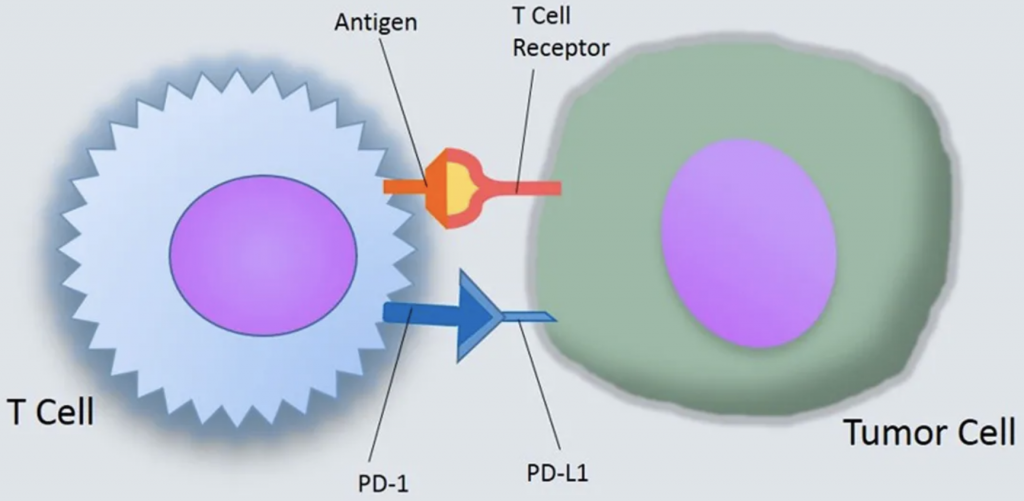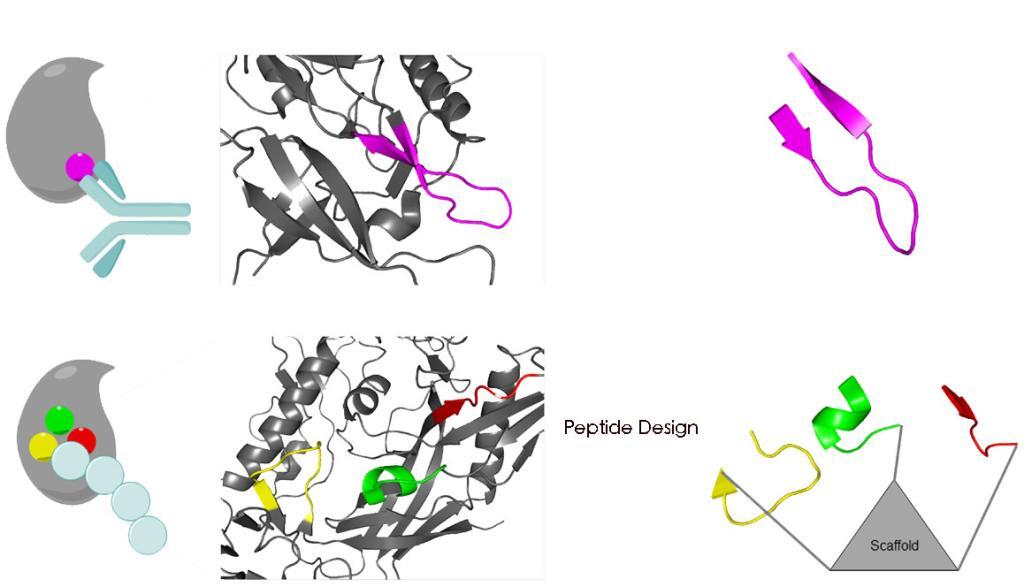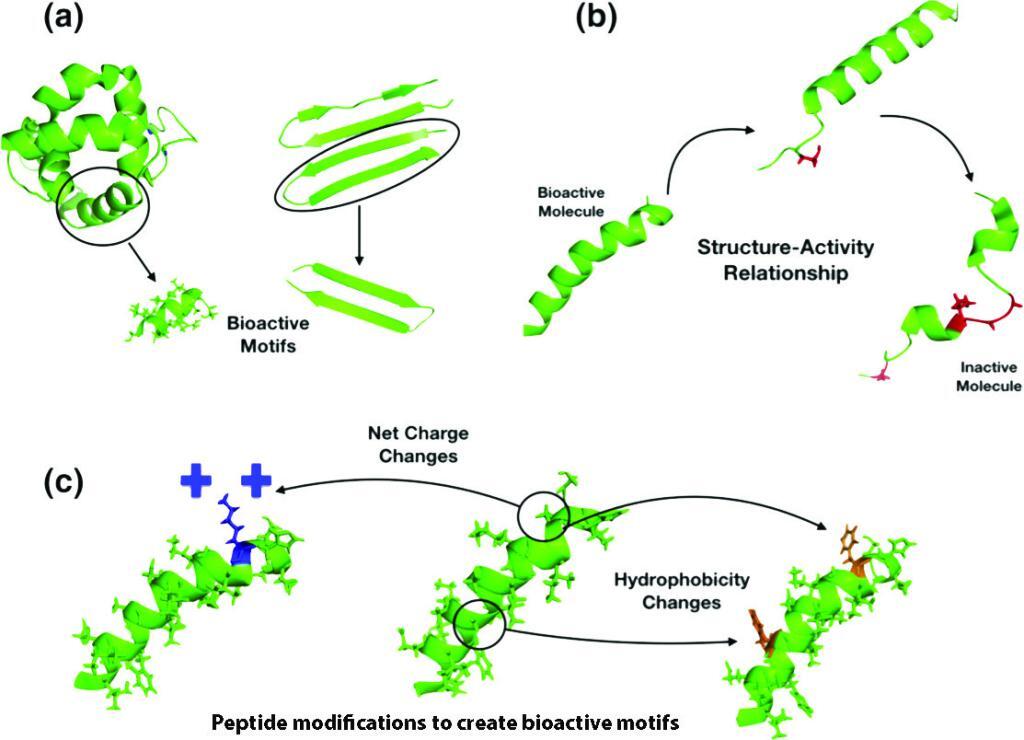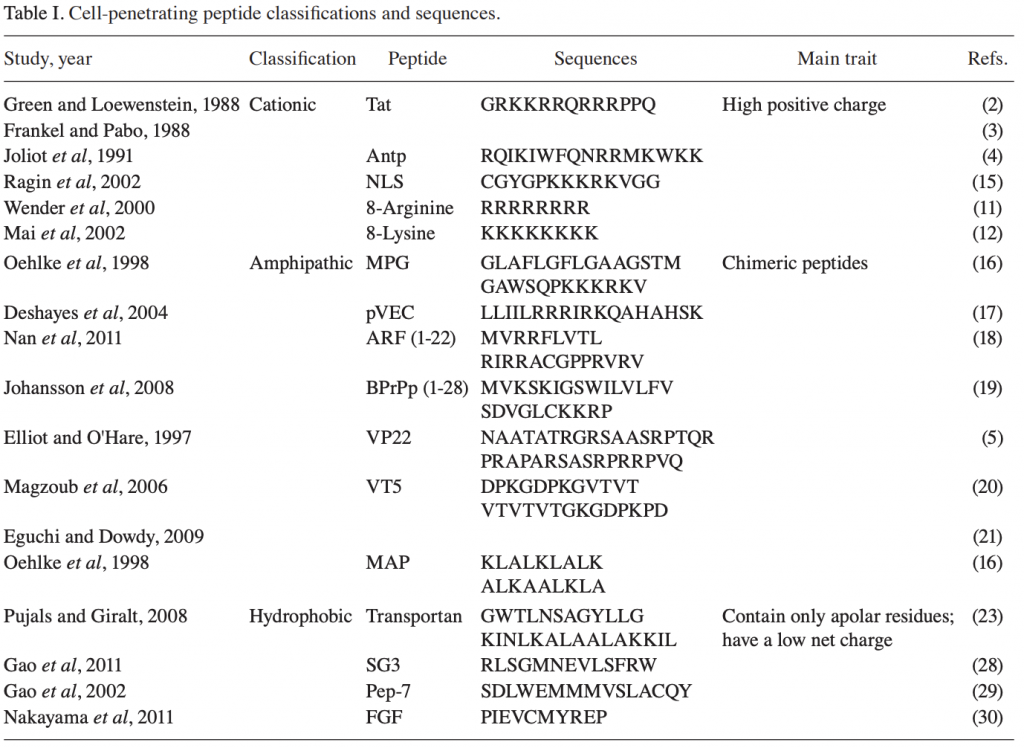
In humans, liver-derived insulin-like growth factor (IGF1) drives postnatal growth. Early childhood infection of E. coli, Campylobacter spp., even asymptomatic, reduces IGF1 level and restricts early-childhood growth. Does the pathogen-induced Toll-like innate immune signaling contribute to growth restriction? To answer the question, the researchers examined a corresponding pathway in fruit flies.
LifeTein’s Peptide: FLAG(GS)HA
In fruit flies, Dilps (Drosophila insulin-like peptides) drive their growth, for example, the growth rate of imaginal discs which give rise to adult structures such as wings. Dilps share homology with insulin and IGF1, and they bind to the insulin receptor. Dilp6 is produced by fat body, an organ for nutrient storage and immune functions.
The researchers found Dilp6 is a selective target of Toll signaling in the fat body, an innate immune response from bacterial infections. They also found that Toll signaling reduces Dilp6 transcripts, and dramatically suppresses circulatory Dilp6 levels, and restricts whole-body growth. Restoring Dilp6, on the other hand, rescues growth and viability in fruit flies even with active Toll signaling.
LifeTein’s peptide FLAG(GS)HA was used as a standard in ELISA to quantify Dilp6 in fruit fly hemolymph samples. Here, Dilp6 was tagged with FLAG and HA because of FLAG- and HA-tagged Dilp6HF allele from CRISPR/CAS9. In this ELISA assay, the plate wells were coated with anti-FLAG antibody, then FLAG(GS)HA or fruit fly hemolymph sample were added to the wells. FLAG(GS)HA and FLAG- and HA-tagged Dilp6 were quantified by anti-HA-Peroxidase 3F10 antibody and subsequent chromogenic reaction. For more details of the method, see the section “Hemolymph Dilp6 measurements by ELISA” in the link.
https://www.sciencedirect.com/science/article/pii/S2211124719309052
Our Services:
Custom Peptide Synthesis Services
Other Posts:
Smaller Ions Stabilize β-sheets
Synthetic Scorpion Toxin Peptides for Chronic Pain







